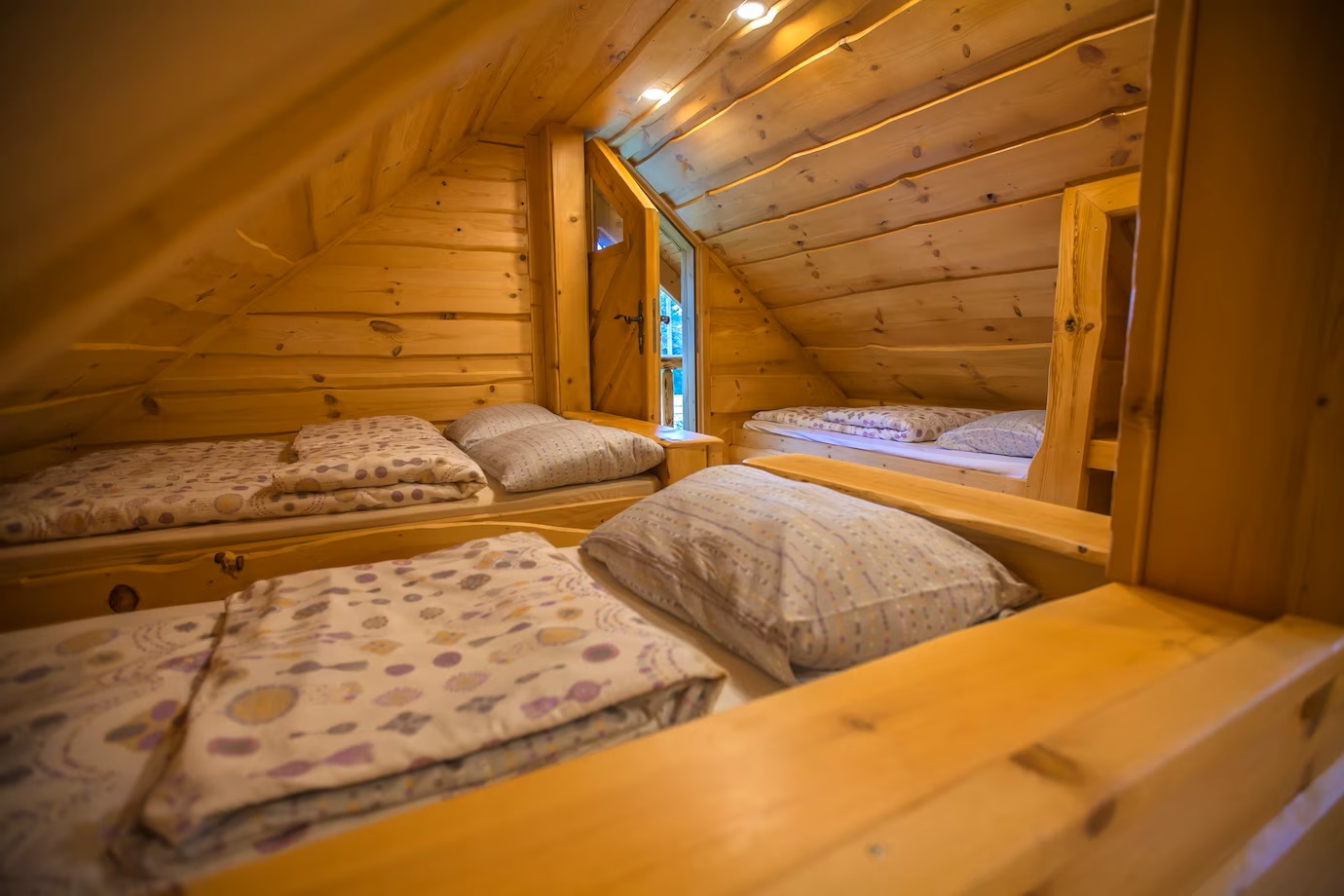
22 Sep Safety Measures and Protocols: Picking the Right Camp Accommodations for School Groups
When it comes to the thrill of camping, nothing quite compares to the echoing laughter of students, the crackling of the campfire, and the shared stories under a canopy of stars. But, at the heart of this adventure lies an undeniable responsibility: safety.
Ensuring the safety and well-being of students is paramount, and this starts with selecting the appropriate camp facilities. For the sake of parents, teachers and institutions, it’s imperative to examine the features and fundamentals of this selection before anything goes awry.
A Deep Dive into Safety Protocols
Any reputable camp accommodation sites for students will have in place a stringent set of safety protocols. From nightly headcounts to trained first-aid personnel on-site, these measures are non-negotiable. Before making a decision, it’s essential for teachers and parents to familiarise themselves with these practices. What’s the protocol for emergencies? Is there a nearby medical facility? Knowing these answers can make all the difference.
Location, Location, Location!
Sure, a remote forest may sound enchanting, but is it practical? Camp accommodations should ideally be in a location that’s easily accessible by emergency vehicles. On top of that, consider the terrain. While rocky outcrops and rivers might promise adventure, they might also pose risks, especially to inexperienced campers. A balance between nature’s embrace and accessibility is critical.
Facilities: Beyond Comfort
When people think about camp accommodation sites, their minds often drift to comfy beds and warm showers. However, when catering for school groups, the discussion goes further than comfort. Are there secure lock-up areas for valuables? Is there a reliable communication system in case of emergencies? Are the sleeping areas well-lit in case a student needs to get up during the night? Thinking about these intricacies ensures a smoother experience.
Vigilance and Supervision
Even in the best locations, supervision remains crucial. Depending on the age of the students, consider accommodations that have separate quarters for teachers or supervisors. This ensures that, even during downtime, there’s always a watchful eye ensuring the safety of all camp-goers.
Food Safety and Dietary Needs
Ah, the joy of camp food! Marshmallows over the fire, a good old-fashioned barbecue, and perhaps even some damper. But here’s the twist. While these meals might be delightful, accommodations must ensure food safety standards are maintained. This includes proper food storage, handling, and preparation. Moreover, with many students having dietary restrictions, sites should be equipped to handle special meal requests.
Learning from Feedback
One of the most underrated yet impactful ways to gauge the safety of school camp providers is through feedback. Speak to schools that have previously used the facility. Were there any issues? How did the staff handle emergencies? Such firsthand experiences can offer invaluable insights.
Conclusion
In wrapping up, the excitement of a school camp should never overshadow the importance of safety. With proper research, vigilance, and a dash of intuition, institutions can ensure their chosen accommodations not only enrich the students’ experience but also shield them, creating memories filled with joy and devoid of mishaps. Carefully review their details and approach them with the need to access all relevant information. Happy camping!


Sorry, the comment form is closed at this time.